I have a numpy array whose values are distributed in the following manner
From this array I need to get a random sub-sample which is normally distributed.
I need to get rid of the values from the array which are above the red line in the picture. i.e. I need to get rid of some occurences of certain values from the array so that my distribution gets smoothened when the abrupt peaks are removed.
And my array's distribution should become like this:

Can this be achieved in python, without manually looking for entries corresponding to the peaks and remove some occurences of them ? Can this be done in a simpler way ?


